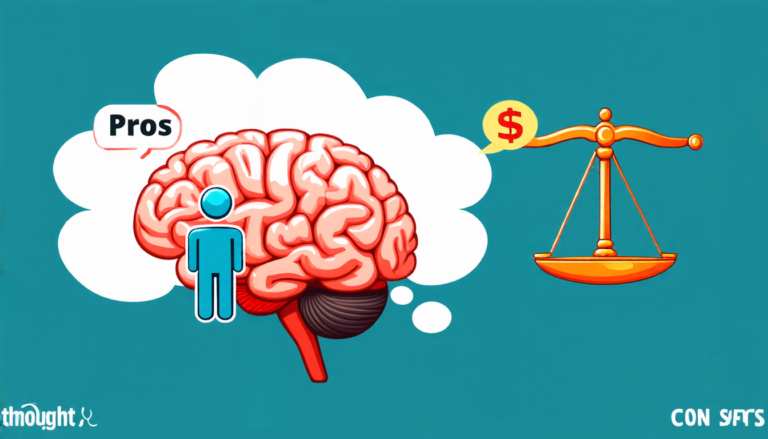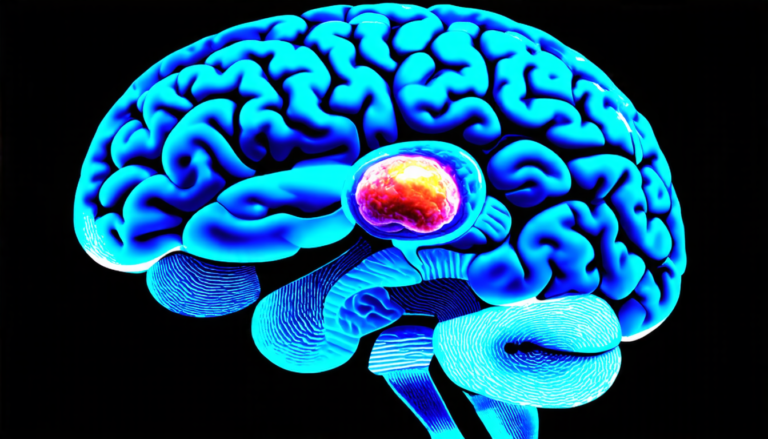Sunday 30 March 2025
Scientists have long struggled to make sense of the complex and chaotic world of single-cell RNA sequencing, a technique that allows researchers to peer into the molecular machinery of individual cells. Now, a new model called scMamba is changing the game by providing a more accurate and efficient way to analyze these tiny biological samples.
scMamba is a type of neural network, a computer program inspired by the structure and function of the human brain. It’s designed specifically to handle the unique challenges of single-cell RNA sequencing data, which can be noisy and inconsistent due to the limited amount of genetic material available from each cell.
The problem with existing methods for analyzing single-cell RNA sequencing data is that they often rely on simplifying assumptions or manual intervention to clean up the data. These approaches can lead to inaccurate results or, worse, overlook important biological patterns. scMamba, on the other hand, uses a novel combination of techniques to automatically identify and correct errors in the data.
One key innovation of scMamba is its ability to learn generalizable features from the data itself, rather than relying on pre-defined rules or manual curation. This allows it to adapt to new datasets and cell types without requiring extensive retraining. Additionally, scMamba incorporates a type of attention mechanism that helps it focus on the most important regions of the genome when making predictions.
The results are impressive: scMamba outperformed existing methods in a range of downstream tasks, including cell type annotation, doublet detection, and gene expression analysis. It also demonstrated excellent performance across different datasets, including those with varying levels of complexity and noise.
But what does this mean for scientists working in the field? For one, it means they can now focus on asking more nuanced questions about cellular biology, rather than spending hours curating data or troubleshooting errors. scMamba’s ability to automatically identify and correct errors also opens up new possibilities for large-scale analysis of single-cell RNA sequencing data, which could lead to breakthroughs in our understanding of disease mechanisms and personalized medicine.
The implications are far-reaching, from basic research into cellular development and function to the treatment of complex diseases like cancer and neurodegenerative disorders. As scMamba continues to evolve and improve, it’s likely to play a crucial role in accelerating our understanding of these biological systems.
By providing a more accurate and efficient way to analyze single-cell RNA sequencing data, scMamba is poised to revolutionize the field of cellular biology and beyond.
Cite this article: “ScMamba: A Neural Network Revolutionizing Single-Cell RNA Sequencing Analysis”, The Science Archive, 2025.
Single-Cell Rna Sequencing, Neural Network, Scmamba, Data Analysis, Gene Expression, Cell Type Annotation, Doublet Detection, Genome, Attention Mechanism, Cellular Biology, Machine Learning







